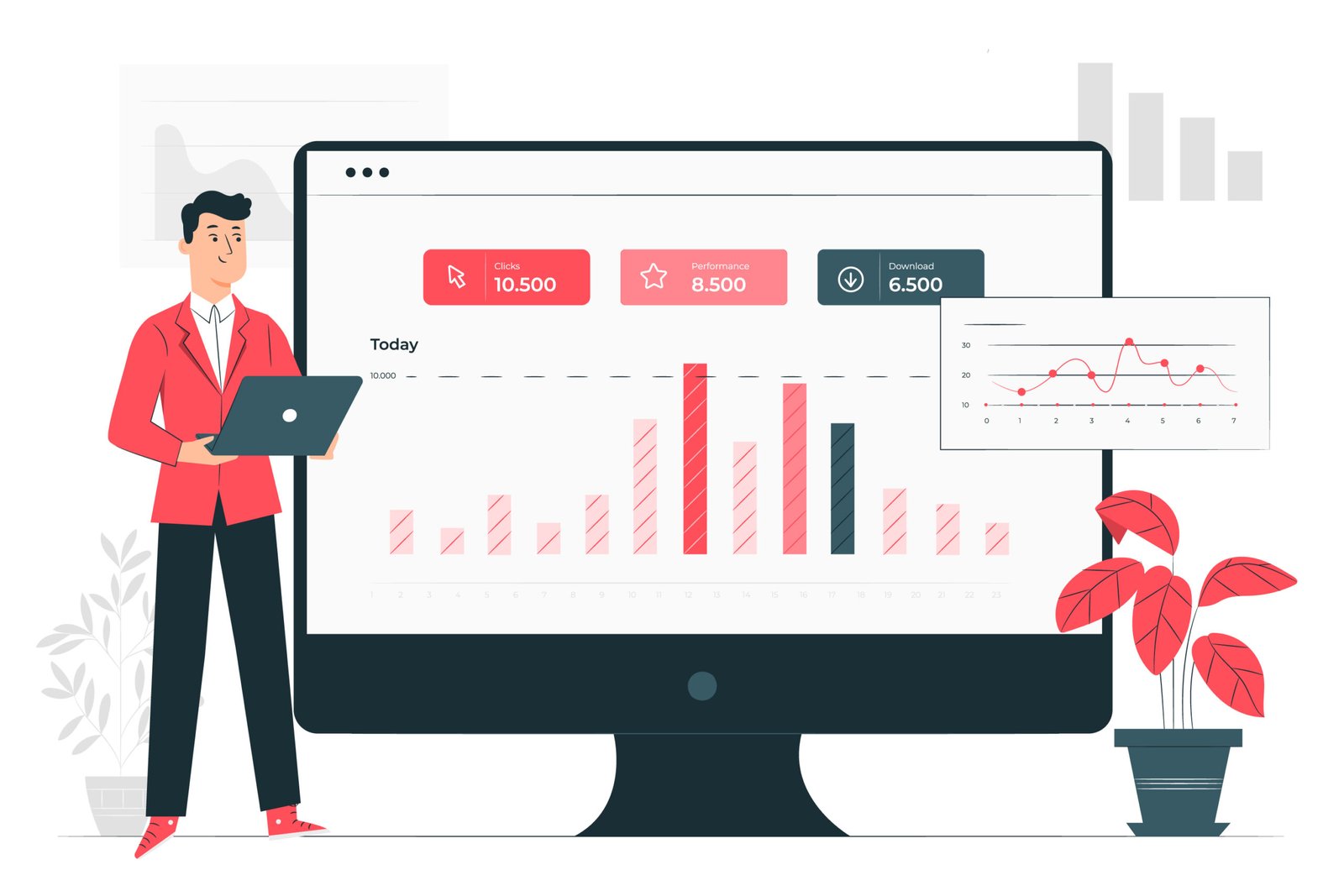Understanding Traffic Bots: Technology, Uses, and Implications
In the digital age, the landscape of online interactions is complex and multifaceted. Among the various technologies influencing web traffic and user behavior, traffic bots have become a significant presence. These automated programs can drive significant volumes of traffic to websites, but they come with a range of implications for webmasters, marketers, and users. This article explores what traffic bots are, their types, legitimate uses, potential risks, and best practices for managing them.
What is a Traffic Bot?
Traffic bots are automated programs or scripts designed to generate web traffic by simulating human activity. They interact with websites in ways that mimic real user behavior, such as clicking links, filling out forms, or navigating through pages. While some traffic bots are harmless and serve legitimate purposes, others can be used for malicious or deceptive activities.
Types of Traffic Bots
Traffic bots can be categorized based on their intent and functionality. Understanding these categories helps in identifying their impact on web traffic and security.
1. Search Engine Crawlers: These bots are used by search engines like Google, Bing, and Yahoo to index web content. They visit websites, analyze their content, and update search engine indexes. Search engine crawlers are essential for improving website visibility and search engine ranking.
2. Social Media Bots: Social media bots automate interactions on platforms like Twitter, Facebook, and Instagram. They can be used to increase engagement by liking posts, following accounts, or posting content. While some social media bots are used for marketing, others may be employed for spamming or manipulating trends.
3. Scrapers: Scraping bots extract data from websites. They are often used to gather information such as pricing, product details, or contact information. While data scraping can be used for competitive analysis and research, it can also lead to intellectual property theft and privacy concerns.
4. Spam Bots: Spam bots are designed to flood websites with unsolicited content, such as spam comments or fake reviews. They can compromise the quality of user-generated content and lead to a negative user experience.
5. Click Fraud Bots: Click fraud bots generate false clicks on ads to deplete the advertiser’s budget. This type of bot is particularly harmful in pay-per-click (PPC) advertising, leading to financial losses for businesses and skewed performance metrics.
Legitimate Uses of Traffic Bots
While traffic bots are often associated with negative connotations, they do have legitimate uses in various contexts.
Enhancing Web Analytics
Traffic bots are used by companies to simulate user behavior and test their web analytics systems. By generating traffic patterns, businesses can ensure their analytics tools are accurately capturing and reporting data.
Automating Routine Tasks
In some cases, bots are used to automate routine tasks, such as updating content, managing social media accounts, or conducting routine checks on website performance. This automation can save time and increase operational efficiency.
Testing and Debugging
Developers use traffic bots to test and debug websites under different scenarios. Bots can simulate different user interactions and help identify potential issues, such as server load handling, page responsiveness, or usability problems.
Risks and Challenges Associated with Traffic Bots
Despite their potential benefits, traffic bots pose several risks and challenges, especially when used maliciously.
Security Threats
Malicious traffic bots can pose significant security threats. For example, bots may be used to launch Distributed Denial of Service (DDoS) attacks, overwhelming a website with traffic and rendering it inaccessible to legitimate users. This can lead to downtime and financial losses.
Data Privacy Concerns
Data scraping bots can compromise user privacy by extracting sensitive information from websites. Unauthorized access to personal data raises ethical and legal concerns and can lead to data breaches or identity theft.
Impact on Website Performance
High volumes of bot traffic can negatively impact website performance. Bots may cause server overload, slow down page loading times, or affect the accuracy of web analytics. This can result in a degraded user experience and skewed performance metrics.
Ad Fraud
Click fraud bots can drain advertising budgets by generating false clicks on ads. This not only leads to financial losses for advertisers but also distorts performance metrics and undermines the effectiveness of online advertising campaigns.
Best Practices for Managing Traffic Bots
To mitigate the risks associated with traffic bots and maximize their benefits, businesses and webmasters should implement best practices for managing bot traffic.
Implementing CAPTCHA
CAPTCHA (Completely Automated Public Turing test to tell Computers and Humans Apart) is a common method to differentiate between human users and bots. By requiring users to complete a test, such as solving a puzzle or typing distorted characters, CAPTCHA helps prevent automated bot interactions.
Monitoring and Analyzing Traffic
Regular monitoring and analysis of web traffic can help identify unusual patterns indicative of bot activity. Tools like Google Analytics and server logs can provide insights into traffic sources and help detect and address bot-related issues.
Using Bot Protection Services
Several services offer specialized bot protection solutions. These services use advanced algorithms and machine learning to detect and mitigate bot traffic, ensuring that legitimate users have a seamless experience.
Rate Limiting and IP Blocking
Implementing rate limiting and IP blocking can help manage bot traffic. Rate limiting restricts the number of requests a user or bot can make in a given time period, while IP blocking prevents specific IP addresses associated with malicious activity from accessing the website.
Conclusion
Traffic bots are a double-edged sword in the digital world. While they offer benefits such as automation and data analysis, they also pose significant risks, including security threats and data privacy concerns. By understanding the types of traffic bots and their implications, businesses and webmasters can implement effective strategies to manage bot traffic, ensuring a secure and efficient online environment. As technology continues to evolve, staying informed about traffic bot trends and best practices will be crucial for navigating the complexities of digital interactions.














Post Comment